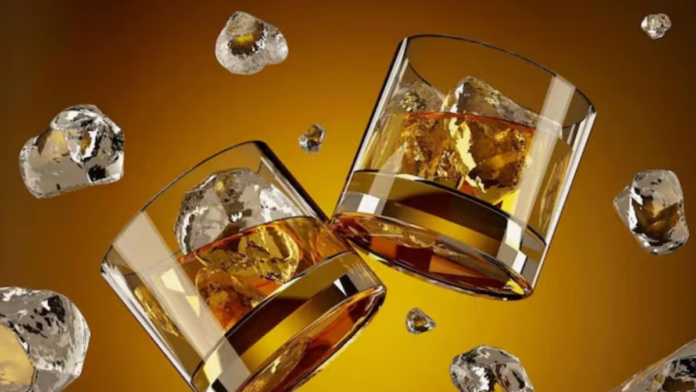Last Updated:
Curious about single malt whiskey? Discover how it’s made, how it differs from Scotch, and how India is rising as a global force in premium single malt production
With awards, innovation, and rapidly growing demand, India is no longer just the biggest consumer; it’s now a respected creator of some of the world’s finest whiskey. (News18)
India, the world’s largest producer and consumer of whiskey, has transformed its image on the global stage. Once known for low-cost, molasses-based blends, the country is now earning international acclaim for its premium single malt whiskies — some of which have won awards and rival the best from Scotland and Japan.
Historical Roots Of Indian Whiskey
Whiskey was first introduced to India during British colonial rule. It quickly became popular among British immigrants, particularly those fond of Scotch. For many years, Indian whiskey focused on affordability and scale, often using molasses instead of grain, meaning it didn’t even qualify as whiskey by global standards.
This changed in the early 2000s when Amrut Distillery launched India’s first true single malt, paving the way for a new era. Economic liberalisation and the growth of the urban middle class helped fuel demand for premium, grain-based whiskies.
How Single Malt Whiskey Is Made?
Single malt whiskey is produced from 100% malted barley at a single distillery. The process involves germinating and drying the barley, then mashing, fermenting, and distilling it. It is aged in oak barrels, often for years, to develop its depth and complexity.
Aged whiskies are prized; for example, a bottle of Bowmore 1965 sold for Rs 42 lakh at Mumbai Duty Free, showing the high-end appeal among whiskey enthusiasts.
New Names In Indian Single Malt
Following Amrut Distillery’s breakthrough, other Indian distilleries began crafting their own single malts. Today, brands like Rampur, Paul John, Kamet, and Indri (produced by Piccadilly Distilleries) represent the new face of Indian whiskey — refined, world-class, and proudly homegrown.
Single Malt, Scotch & Whiskey: What’s The Difference?
- Single Malt: Made from 100% malted barley at a single distillery.
- Scotch: A type of single malt or blended whiskey made in Scotland under strict regulations.
- Whiskey: A general term for distilled spirits made from various grains, such as barley, wheat, or corn.
Single malts are typically more complex in flavour and aroma compared to standard whiskies, making them popular among connoisseurs.
How To Enjoy Single Malt Whiskey
Single malt is best appreciated neat, with a few drops of water, or over ice — but never rushed.
Use a high-quality whiskey glass and sip slowly to savour the layers of flavour and aroma. Some also enjoy it in premium cocktails, though purists may disagree!
Popular Indian And Global Brands In India
India’s premium whiskey segment continues to grow. Key Indian brands include:
- Amrut Fusion – A blend of Indian and Scottish barley, internationally acclaimed.
- Paul John Brilliance
- Rampur Indian Single Malt
- Kamet
- Indri-Trini
Additionally, global icons such as Glenfiddich, Macallan, Glenmorangie, and Talisker are widely available in India, making the market one of the most diverse for whisky lovers.
Indian Single Malt: A Global Competitor
Today, Indian single malts are held in the same regard as Scotch and Japanese whiskey. With awards, innovation, and rapidly growing demand, India is no longer just the biggest consumer; it’s now a respected creator of some of the world’s finest whiskey.
Disclaimer: This article is for informational purposes only and does not promote or encourage alcohol consumption.
view comments
- First Published:

